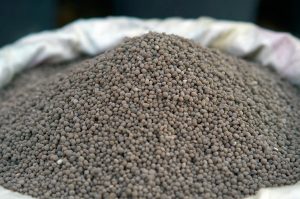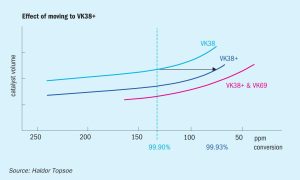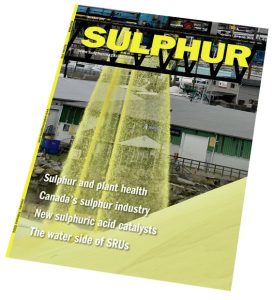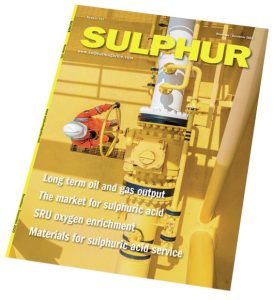
Is your fertilizer coating sustainable?
Fertilizer coatings play an integral role in minimising the degradation of fertilizers during transport, handling and storage. Increasingly, customers also want to know if the coatings they buy are sustainable too. But what exactly is a sustainable fertilizer coating – and how can its sustainability be properly defined and measured? Lucas Moore , director of coatings technology at Arkema-ArrMaz, weighs up these thorny questions and provides some clear-cut answers.









